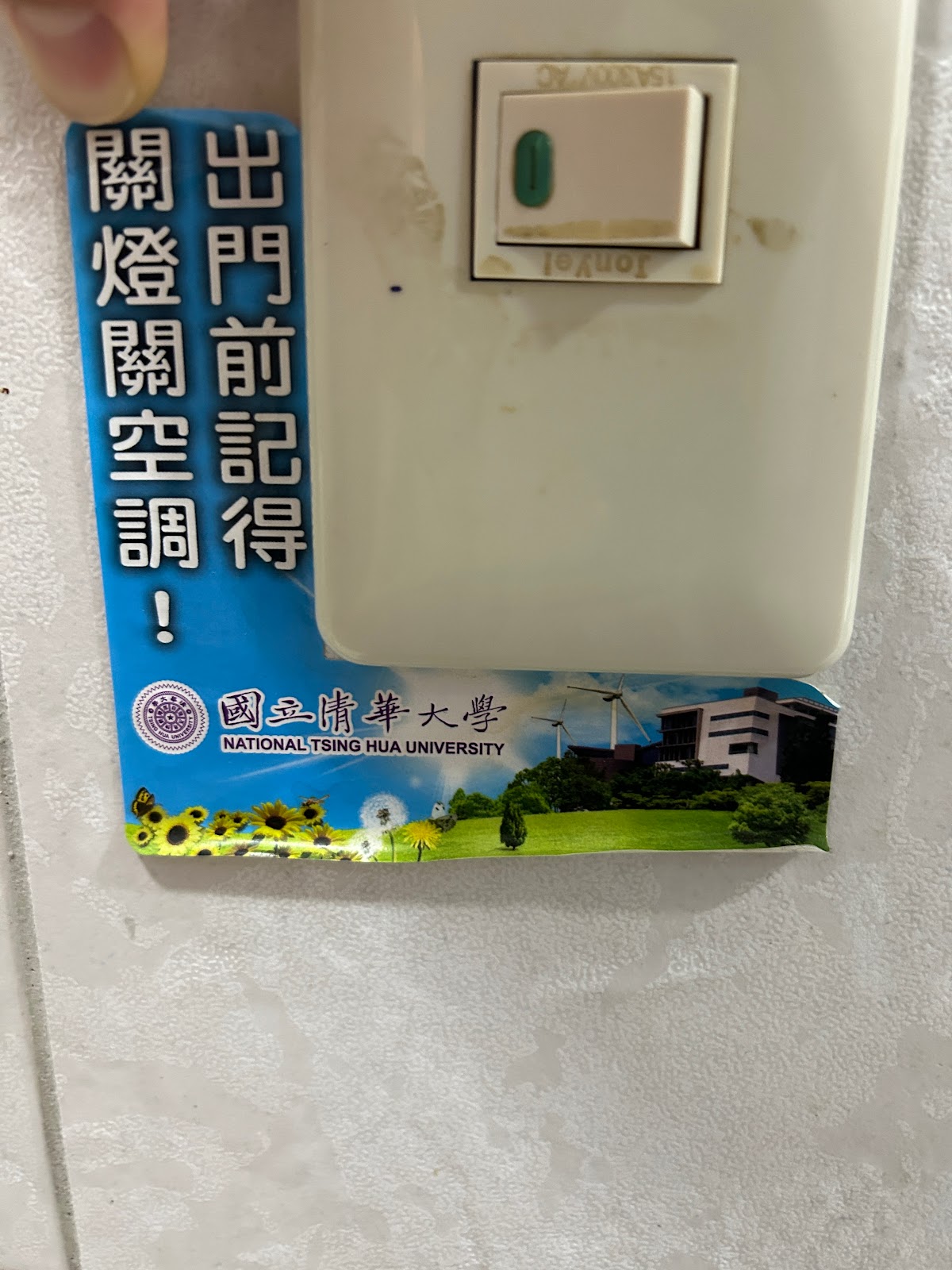Day 27: Final Group Discussion
This morning, I bought two tea eggs and placed them in plastic bags when the cashier encouraged me to be more environmentally friendly. She said, "小哥, let's be a bit more 环保. You know how everybody’s doing their best!"(Loosely remembered and translated)
Throughout the conversation, I couldn't help but be inspired by Taiwan's strong environmental consciousness. From compost bins available at every cafeteria to the growing movement for organic agriculture, Taiwan sets a remarkable example for the world in building sustainable societies. Even simple reminders like "please save water" signs near nearly every sink show how the nation values responsible resource usage.
In today's class, we delved into the history of traditional Taiwanese cuisine (餐桌上的历史). After the Chinese Civil War, over a million Chinese soldiers arrived in Taiwan with many opening small shops to sell their homestyle cuisine as a means of survival. Take the Hakka people, for example—an ethnic group mainly from Southeastern China—who introduced radish culture. Radishes were easy to cultivate and yielded a bountiful harvest in winter, making them the perfect ingredient for a delectable breakfast dish when fried. Thus, the radish cakes (萝卜糕) we now find in nearly every breakfast store around town came into existence.
Similarly, the prevalence of our beloved onigiri's at 7 can be traced back to the Japanese colonization of Taiwan. The history of these various foods is deeply intertwined with Taiwan's diverse and multicultural history.
For lunch, I made my daily pilgrimage to the 水木 cafeteria and ordered my usual "boba" fix: mango fruit tea with no sugar and normal ice (芒果汁無糖正常冰). I can't help but worry that many of us have become addicted to Taiwanese boba and tea culture, and once we return to the U.S., our bank accounts will take a hit. However, for now, these delightful drinks provide a welcome refuge from the scorching heatwaves here in Taiwan.
Today marked the last group discussion of the Dialogue! Derrick brought in some Turkish Delights to sustain us through such an intense conversation :)
Chocolate, Pistachio, Date, and flavored Turkish Delights
We explored how cultural institutions balance the presentation of history, with a particular focus on the National Taiwan Museum of History. In our discussion, we came to a consensus that creating a "non-political" space for interpreting history is essentially impossible. Given Taiwan's complex history, including colonization by the Dutch, Spanish, and Japanese, and the tragedies of the White Terror, the presentation of history unavoidably carries political undertones and subtle biases. Furthermore, we noticed that some of the museum's exhibits seemed to overlook deeper conflicts (such as the White Terror and indigenous oppression). Nevertheless, considering the museum's goal to create an inclusive space for everyone, even children, we acknowledged that these curation decisions are made within a broader context.
We also explored Tainan's commitment to cultural preservation through the National Literature Museum and gained valuable insights from Zheng-kai Wang's research into the Chuan Mei theater. After these four engaging group discussions, it's astonishing to see how much we've learned about Taiwan and how each of us has developed unique interpretations of its history and culture.





Comments
Post a Comment